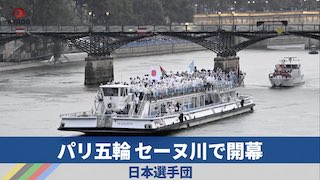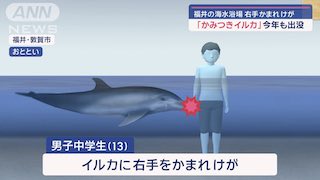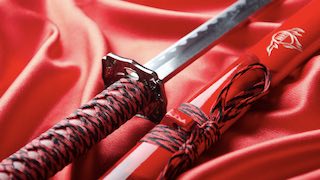Nov 14 (ancient-origins.net) - The wako (also called wokou or waegu) were a group of marauders that dominated the seas of East Asia for centuries. They have been seen by Western historians and culture as a kind of Japanese pirate, but as scholars dig deeper into the history of these people, questions arise about their true nature.
The word wako has appeared in Chinese, Korean, and Japanese documents since the third century AD. It also seems to be synonymous with the Japanese kaizoku, which translates to ‘sea brigands.’
Despite the issues with naming and characterizing them as pirates, there is no doubt that the wako participated in pirate-like activity. They consistently attacked coastlines in Japan, Korea, and China and operated in the Sea of Japan and the East China Sea. However, determining exactly who the wako were is difficult.
It is evident that while the wako are now seen as Japanese pirates, by the 16th century, the majority of wako were in fact Chinese. Prior to this, they had been a mix of Japanese, Chinese, and Korean. This is a theory which was developed in the 1980s by Shōsuke Murai.
This shift happened because many legitimate traders in China had become unsatisfied with the Ming government's restrictions and taxes on trade, and so they turned to illegal activities. The Ming Shi, which is an official history of the Ming dynasty in China, stated that most of the wako pirates were Chinese. In fact, less than a third were Japanese. There were also influential groups of Portuguese and Korean traders who operated in the area. These traders often worked with pirates and helped smuggle goods in and out of China.
Furthermore, seeing the wako pirates as people who were inherently bad and disruptive is problematic. There are some cases when the wako pirates engaged in legitimate, peaceful trade. On the other hand, there is also evidence that otherwise peaceful merchants engaged in occasional acts of piracy.
Despite all this, there is documentation that records the wako, whoever they were, as far back as the third century AD. For a long time, wako attacked areas in Japan sporadically and often traded peacefully.
It wasn't until the 13th century that violence began to appear. The wako pirates were supported by many influential figures and warlords because their activity could be so lucrative. The Ouchi family, a powerful and important clan at the time, supported their activities, for example.
During this period, the government also attempted to crack down on the violence and organized crime that was occurring. In one gruesome historical event in 1405, some wako pirates were captured, deported to China, and then thrown into a boiling cauldron as execution. ...continue reading















